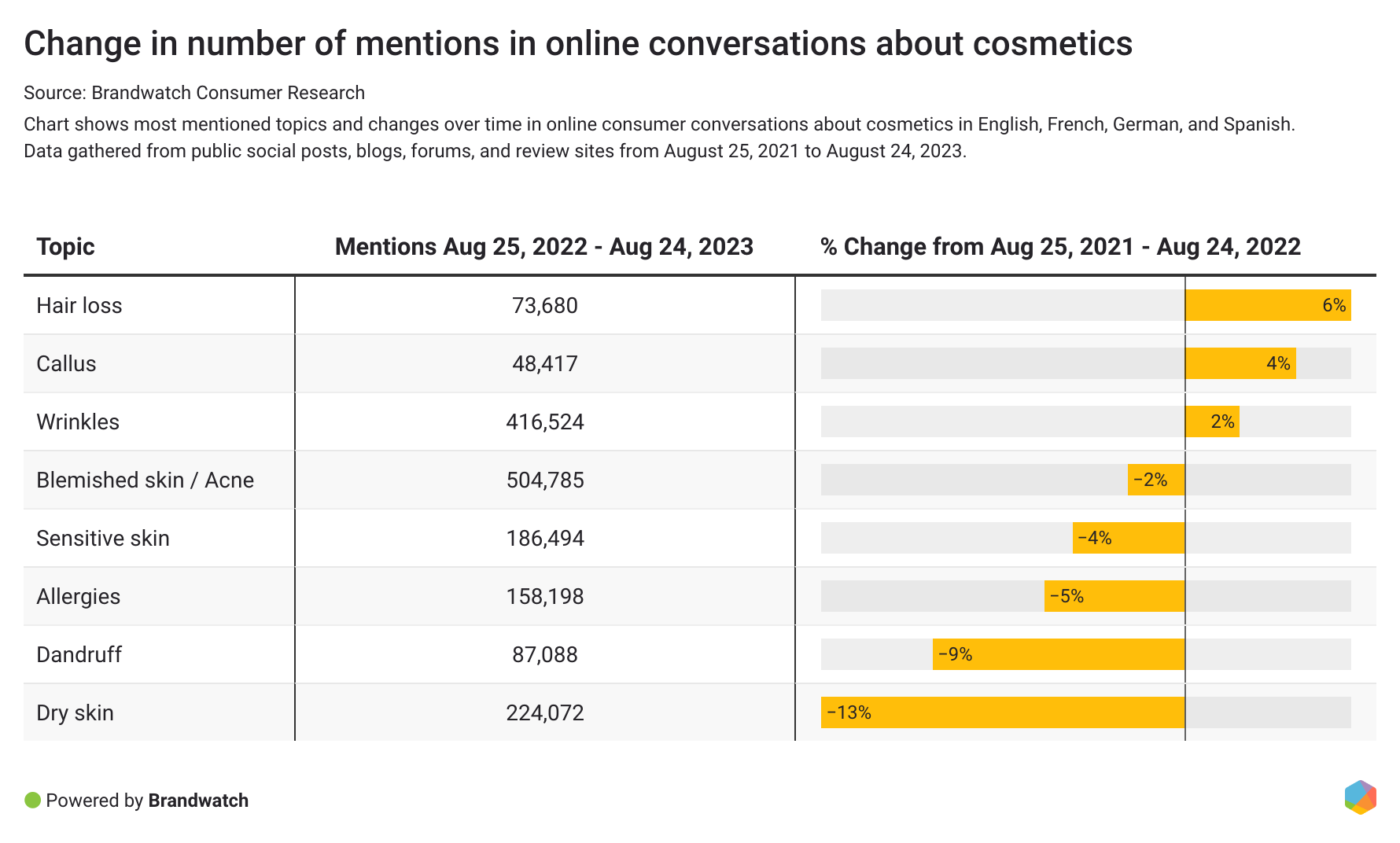Quantum Computing And AI: D-Wave's (QBTS) Breakthrough In Drug Discovery

Table of Contents
D-Wave's Quantum Annealing Approach to Drug Discovery
Understanding Quantum Annealing
Quantum annealing is a type of quantum computing particularly well-suited for tackling complex optimization problems – a hallmark of drug discovery. Unlike gate-based quantum computers, which manipulate qubits through a series of logic gates, quantum annealers exploit quantum mechanics to find the lowest energy state of a system, representing the optimal solution.
- Quantum annealing uses quantum fluctuations to find the global minimum of a complex energy landscape, representing the best solution to an optimization problem.
- Advantages over classical computing: Quantum annealing excels at solving complex optimization problems far beyond the capabilities of classical computers, especially those with numerous variables and constraints. This is crucial in drug discovery, where researchers need to optimize molecular structures, predict interactions, and analyze vast datasets.
- Limitations: Current quantum annealers have limitations in terms of the size and complexity of problems they can solve effectively. However, ongoing advancements are rapidly expanding their capabilities.
D-Wave's Quantum Computer Hardware and Software
D-Wave's quantum computers utilize a unique architecture based on superconducting flux qubits. These qubits interact to find the optimal solution to a given problem. D-Wave provides software tools like Leap™ quantum cloud service, allowing researchers to access and utilize their quantum computers remotely.
- Hardware: D-Wave's latest systems boast thousands of qubits, significantly increasing the scale of problems that can be tackled.
- Software: The Leap™ quantum cloud service provides user-friendly interfaces and tools, making quantum computing accessible to researchers with varying levels of expertise in quantum mechanics.
- Ease of Use: D-Wave focuses on making its quantum computers and software accessible to researchers across various disciplines, facilitating widespread adoption in the pharmaceutical industry.
Case Studies: Successful Applications of D-Wave in Drug Discovery
D-Wave's technology has already demonstrated its potential in accelerating various aspects of drug discovery. Collaborations with pharmaceutical companies and research institutions are yielding tangible results.
- Molecular Design: D-Wave has been used to optimize the design of novel drug molecules, improving their efficacy and reducing side effects.
- Target Identification: Quantum annealing algorithms have assisted in identifying promising drug targets—specific molecules within the body that can be targeted by medications.
- Improved Speed and Accuracy: In numerous instances, D-Wave's technology has demonstrated improvements in both the speed and accuracy of drug discovery processes compared to traditional methods.
The Role of Artificial Intelligence (AI) in Enhancing Quantum Drug Discovery
AI-Powered Drug Design and Development
AI algorithms, particularly machine learning and deep learning, are crucial complements to quantum computing in drug discovery. They work synergistically, enhancing each other's capabilities.
- Data Analysis: AI analyzes massive datasets, identifying patterns and relationships crucial for drug discovery.
- Prediction of Molecular Properties: AI algorithms predict the properties of molecules, such as their efficacy and toxicity, reducing the need for extensive experimental testing.
- Virtual Screening: AI significantly speeds up the virtual screening of vast libraries of potential drug candidates, identifying those most likely to be successful.
Data Analysis and Interpretation with AI and Quantum Computing
Quantum computations in drug discovery generate massive datasets that require sophisticated analytical techniques. AI plays a critical role in managing and interpreting this information.
- Dimensionality Reduction: AI techniques reduce the complexity of the datasets, making them easier to analyze.
- Feature Selection: AI helps researchers identify the most relevant features of the datasets, improving the accuracy of predictions.
- Noise Reduction: AI helps mitigate the inherent noise in quantum computations, improving the reliability of the results.
Accelerating the Drug Development Pipeline
The combined power of AI and quantum computing promises to dramatically shorten the lengthy and expensive drug development pipeline.
- Lead Identification: AI and quantum computing accelerate the identification of promising drug candidates.
- Optimization: Quantum annealing optimizes the structure and properties of lead candidates, enhancing their effectiveness.
- Preclinical Testing: AI and quantum computing can help predict the outcomes of preclinical tests, reducing the need for extensive and costly experiments.
The Future of Quantum Computing and AI in Pharmaceutical Research
Emerging Trends and Opportunities
The future holds immense potential for quantum computing and AI in drug discovery.
- Personalized Medicine: Tailoring treatments to individual patients based on their genetic makeup and other factors.
- Novel Drug Targets: Discovering new drug targets that were previously inaccessible with classical methods.
- Genomics and Proteomics: Applying quantum computing and AI to analyze genomic and proteomic data for improved drug development.
Challenges and Limitations
Despite the significant potential, challenges remain.
- Cost: Quantum computers are currently expensive.
- Scalability: Scaling up quantum computers to handle even larger and more complex problems remains a challenge.
- Algorithm Development: Developing efficient quantum algorithms for specific drug discovery applications requires ongoing research and development.
Investment and Industry Collaboration
Significant investment is flowing into the field of quantum computing for drug discovery. Collaboration is key.
- Pharmaceutical Companies: Major pharmaceutical companies are actively exploring the potential of quantum computing and AI.
- Research Institutions: Universities and research institutions are playing a vital role in advancing the underlying science and technology.
- Quantum Computing Companies: Companies like D-Wave (QBTS) are at the forefront of innovation, providing the necessary hardware and software tools.
Conclusion
The convergence of quantum computing and AI is revolutionizing drug discovery, offering the potential to drastically reduce the time and cost associated with bringing new medications to market. D-Wave's (QBTS) contributions, particularly its advancements in quantum annealing, are playing a pivotal role in this transformation. The future holds immense promise for even greater breakthroughs, leading to more effective and personalized treatments for a wide range of diseases. Learn more about how D-Wave's (QBTS) quantum computing breakthroughs are revolutionizing drug discovery and shaping the future of pharmaceutical research by visiting their website and exploring their published research.

Featured Posts
-
 Femicide Understanding The Rise In Incidents
May 21, 2025
Femicide Understanding The Rise In Incidents
May 21, 2025 -
 March 18 2025 Nyt Mini Crossword Answers And Clues
May 21, 2025
March 18 2025 Nyt Mini Crossword Answers And Clues
May 21, 2025 -
 Tariffs Slash Us Food Exports Via Abn Amro Analysis
May 21, 2025
Tariffs Slash Us Food Exports Via Abn Amro Analysis
May 21, 2025 -
 Impact Of Tariffs On The Buy Canadian Beauty Industry Trend
May 21, 2025
Impact Of Tariffs On The Buy Canadian Beauty Industry Trend
May 21, 2025 -
 Former Navy Second In Command Sentenced In Major Corruption Scandal
May 21, 2025
Former Navy Second In Command Sentenced In Major Corruption Scandal
May 21, 2025
